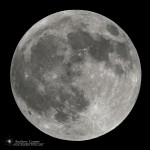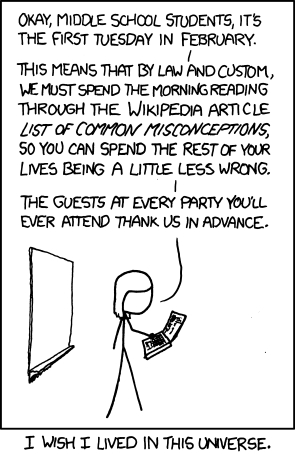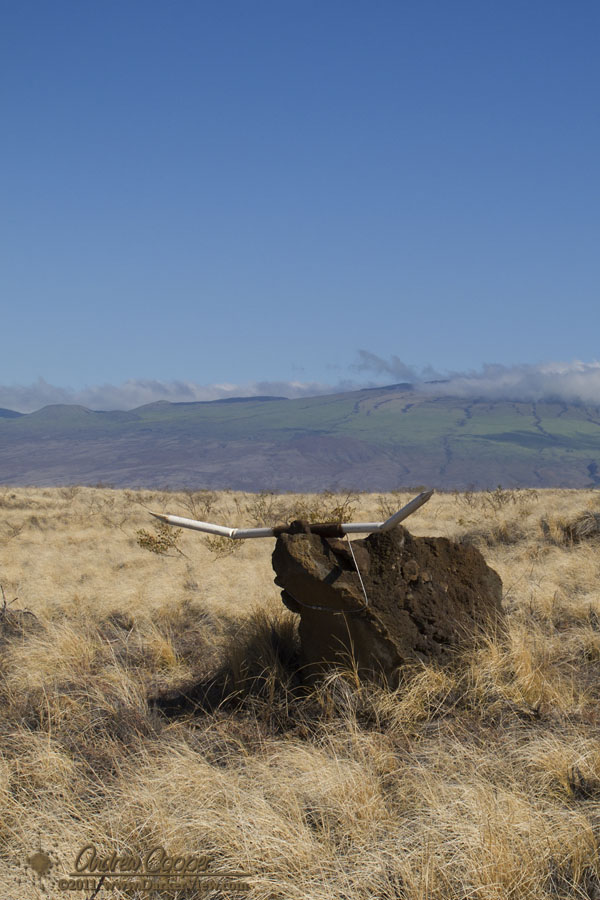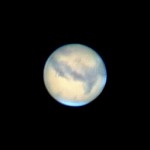Tomorrow night will see the premiere of my latest work. Over the last few months I have been assembling a video on Keck titled Keck in Motion. The nice part is that the first public screening will see the video on a big screen indeed… The showing will be at the Kahilu Theater. It will be run as a introduction piece before the Keck lecture
The video has seen the usual creative cycles during production… Enthusiasm followed by disillusionment, in alternating phases. Despite some doubts along the way, I have to admit the final version is not all that bad. Everyone who has seen it uniformly gives great reviews, but as the author, I see all the flaws and things I could improve. Whatever reservations I might have, the time has come to simply say… It is done. I have turned over copies to Larry and Mariko, ready for projection on a big screen tomorrow night.
The video has been seen a couple private showings to a selected audience. In particular it has been seen by the guys on the summit crew, many of whom appear in the video. Some bits of the video have been seen here before, particularly the three lasers sequence. Some of the material was stuff I had accumulated across the years, many pieces were custom shot to complete the project. Somehow it works into a very nice narrative and a complete story in three minutes, thirty-six seconds.
Look to see the video posted here after the premiere. Peeking at my Vimeo account will not help, I have not uploaded it yet. I suspect it will get spread around a little, used for Keck PR. It does show what a special place Keck is. Better yet, it highlights the hard work it takes to keep Keck on-sky every night. Because of that, this video is dedicated to the guys of the summit crew.
Lasers 3 over Mauna Kea from Andrew Cooper on Vimeo.




